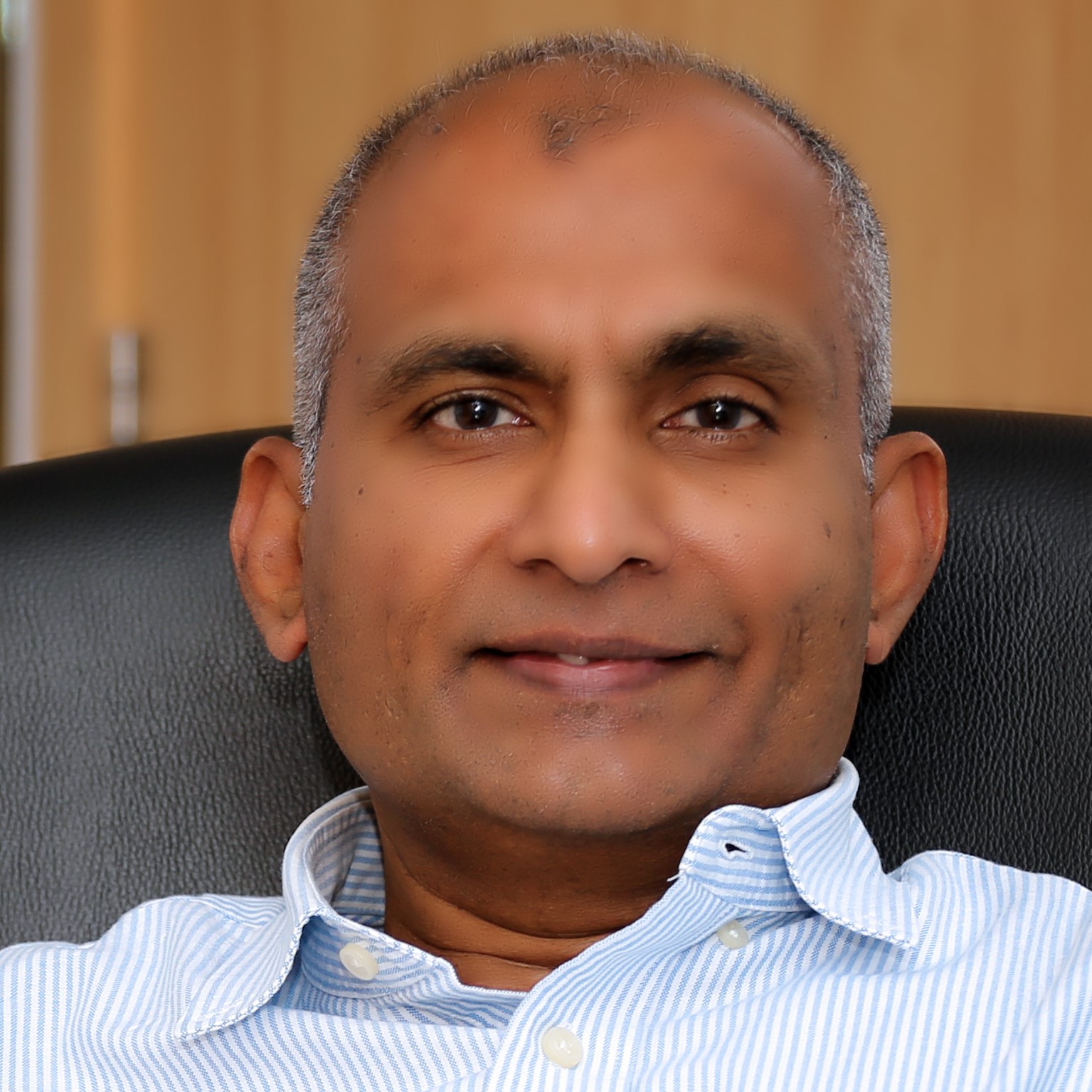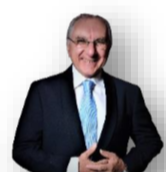Day 2 :
Keynote Forum
Gopa Kumar
Core Physio, India
Keynote: Dynamic taping - A biomechanical taping approach

Biography:
Abstract:
- Regenerative Injections in Osteoarthritis Knee | Qualifying the Intensity of Balance Exercises|B.E.D. Technology| MCIMT | Neurological Physiotherapy | Psychiatric Rehabilitation| Dynamic Taping
Location: Dubai, UAE

Chair
Gopakumar Sukumaran
Core Physio, India
Session Introduction
Manoj Kumar Nair
Dubai Physiotherapy & Rehabilitation Centre, Dubai
Title: Regenerative injections in osteoarthritis knee: Evidences

Biography:
Manoj Kumar P V Nair is an Indian Board Certified Physiatrist working in Dubai for the last 13 years. His main areas of interests are musculoskeletal medicine, interventional physiatry, pain management in musculoskeletal conditions, US guided injection techniques and sports injury rehabilitation. He is the author of books and journal articles and speaker in various platforms. He is passionate about lifestyle modifications in disease management and a regular participant in running events
Abstract:
Osteoarthritis is one of the most prevalent joint diseases and the leading cause of pain and disability around the world. Globally it ranks among the top 50 common sequelae of disease and injuries, affecting about 250 million people and estimated to affect around 4% of global population. Among the total global disease burden for OA, knee OA accounts for about 83%. Prevalence among females found to outnumber males in most of the studies. The prevalence of OA knee among American population found to be doubled since the mid-20th century. As the burden of this disease increases, the demand for Total Knee Replacement (TKR) surgeries goes up. According to estimates in US alone, there would be around 673% increase in TKR by 2030, needing about 3.48 million procedures done annually. There are various non-operative treatments available as conservative measures in OA Knee and a lot of controversies exist in the efficacy of these. Hence the paper discusses various regenerative injections viz., PRP, stem cells, dextrose prolotherapy used in OA knee and available evidences in literature.
Radhika Thakkar
SBB College of Physiotherapy, India
Title: Pulsed electromagnetic field: A review in musculoskeletal conditions
Biography:
Abstract:
Himanshu Mathur
Jaipur National University, India
Title: Forward head posture: New horizons require attention
Biography:
Abstract:
Abdullah S Bin Hussein
Physical therapy Department - Prince Sultan Military Medical City, Saudi Arabia
Title: The relationship between hip strength and peak knee valgus angle during single leg squat
Biography:
Abstract:
Purpose: Available research is limited and conflicting with regard to the role of the hip muscles in controlling knee valgus. Thus, the aim of this study is to investigate whether hip muscle’s strength is significantly related to peak knee valgus angle (PKVA) during a single leg squat in healthy subjects. Methods: A correlational research design was chosen to test the hypotheses of this study in 30 healthy subjects (17 males and 13 females). Procedures included isometric strength testing using the DILLON ED junior dynamometer for hip (abduction/ adduction, flexion/extension, and internal/external rotation). Subjects were videotaped as they performed single leg squats using two digital video cameras. Video data for squat trials were analyzed using the silicon COACH Pro Version 6. Results: ICC values indicated excellent reliability for PKVA and knee flexion angle, 0.948 and 0.933, respectively. Pearson correlation coefficients demonstrated significant negative relationships between hip abduction (r = -0.550), adduction (r = -0.475), extension (r = -0.421), and PKVA. Linear regression analysis revealed that hip extensors, abductors, adductors accounted for 17.7%, 30.3% and 26.6% respectively, of variance in PKVA. Conclusions: Silicon COACH by one rater produced a reliable measurement of knee angle in frontal plane during single leg squat in healthy population. Decreased isometric strength of hip abductors, adductors and extensors was closely associated with increased peak valgus angle at the knee. This relationship is of clinical relevance when designing rehabilitative and injury prevention strengthening programs. Implications: The current study provided some support that excessive knee valgus is potentially associated with poor hip control in the frontal plane. Identifying the effect of muscular strength on the frontal plane position offers the potential for intervention, hence reducing the effect of malalignment
Snehalata Tiwari
Kaloji Narayana Rao University of Health Sciences, India
Title: Effectiveness of the modified constraint induced movement therapy versus mirror therapy in improving hand dexterity in patients with sub-acute stroke: A comparative study
Biography:
Abstract:
Biography:
Head of physiotherapy and rehabilitation, Welfare medical centre. UAE Certified Kinesiotaping Instructor ( CKTI ) - KTAI , USA Dry Needling instructor - Dry needling Institute, South Africa.
Abstract:
Silverio De Rocca
MPR International School, Switzerland
Title: Mio functional and postural rehabilitation – B E D (Body Equilibrium Device) technology

Biography:
Silverio Di Rocca has completed Bachelor’s degree in Dentistry, Postgraduate degree in Functional Orthopedics both from the University of Buenos Aires, Argentina. He has also done a degree in Dentistry and Prosthetic at the University of Turin, Italy and a Doctorate in Dentistry and Prosthetic at University of Turin, Italy.
